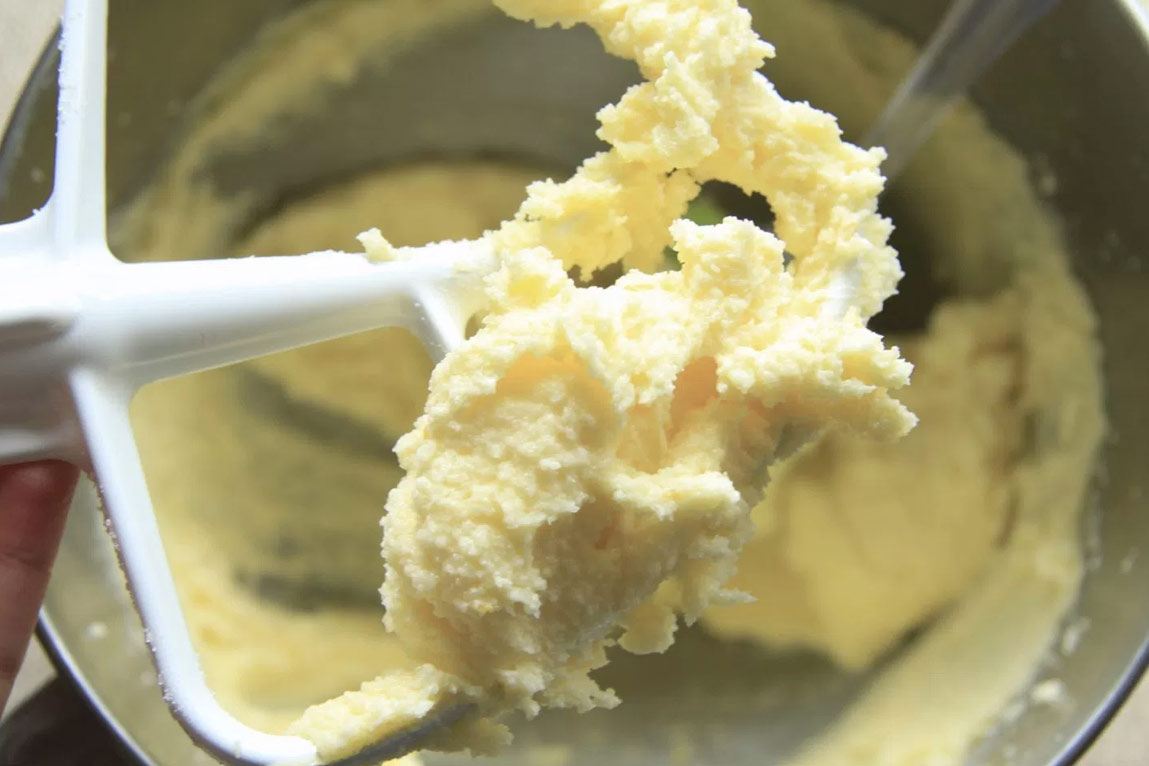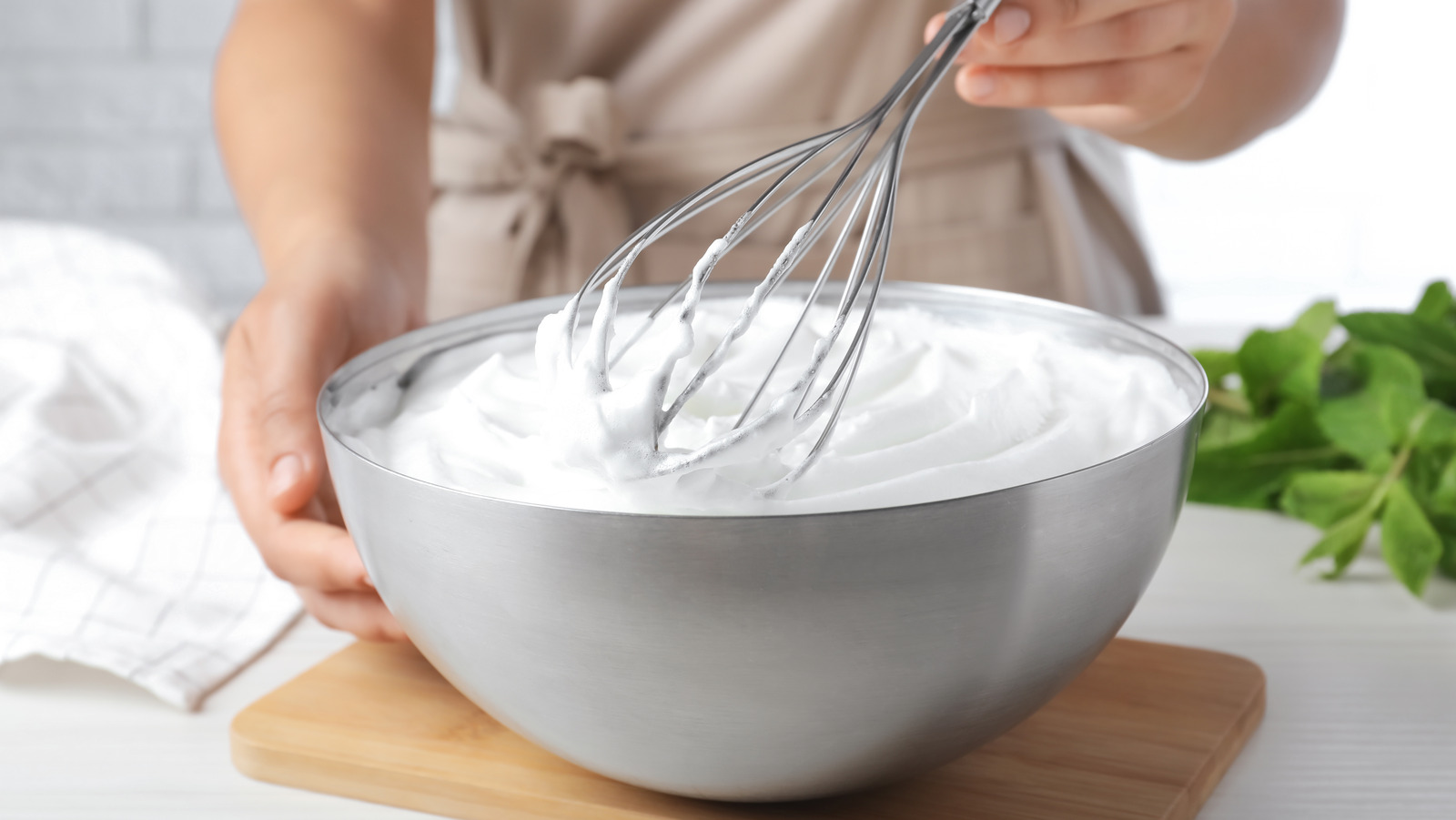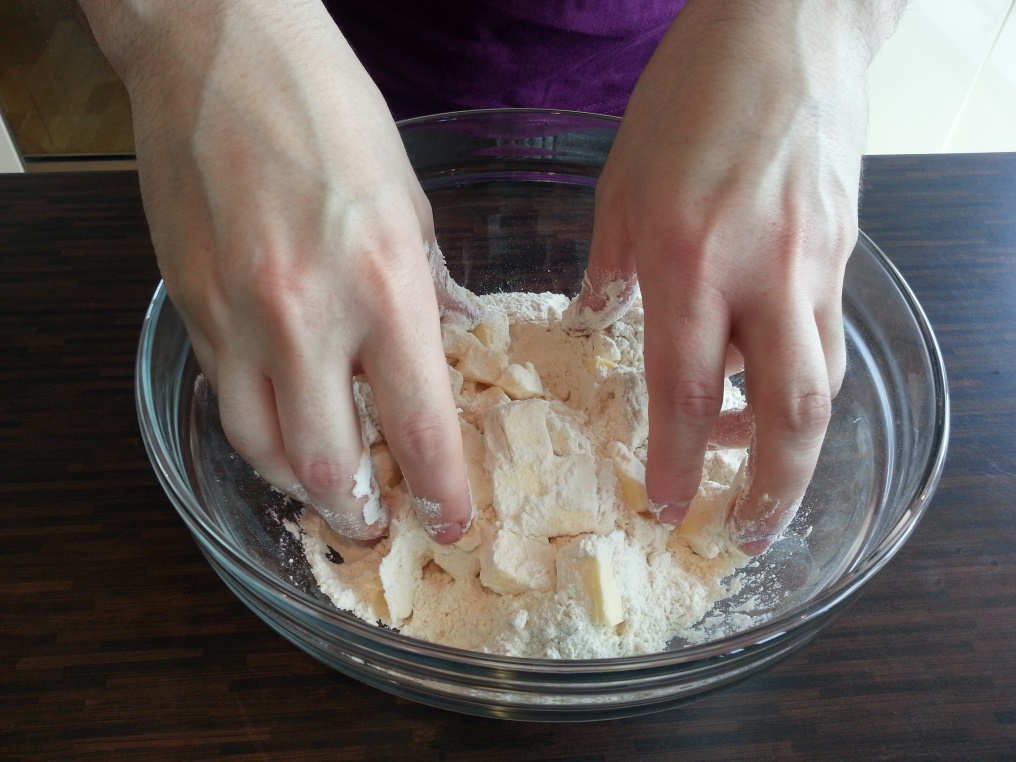The art of mixing in baking is a fundamental skill that profoundly influences the texture, consistency, and overall success of baked goods. Proper mixing techniques ensure that ingredients are well-combined, allowing chemical reactions to occur uniformly.
This process is not merely about blending components but involves various methods tailored to specific types of baked items. Each technique, from gentle folding to vigorous beating, has a distinct purpose and outcome. Mastering these techniques allows bakers to control the texture and structure of their creations, leading to consistently delicious results. Whether aiming for a light, airy cake or a dense, chewy cookie, the way ingredients are mixed can make all the difference.
Different mixing techniques are employed to achieve specific outcomes, and understanding these methods is essential for any baker.

CREAMING
The creaming method is a fundamental technique in baking used to incorporate air into the batter, contributing to a light and fluffy texture in the final product. This process begins with room temperature ingredients, specifically butter and sugar, which allows them to blend smoothly and trap air efficiently. Using a stand mixer or hand mixer, the butter and sugar are beaten together at medium speed until the mixture becomes pale and fluffy, typically taking about 3-5 minutes. It’s essential to scrape down the sides of the bowl periodically to ensure even mixing.
The air incorporated during this process acts as a leavening agent, helping baked goods such as cakes and cookies rise and achieve a tender crumb. Proper creaming is crucial for achieving the desired texture and structure in these baked items.

FOLDING
Folding is a gentle mixing technique used to incorporate delicate ingredients, such as whipped cream or beaten egg whites, into a batter without deflating them. This helps maintain the airiness and volume necessary for light and fluffy baked goods. Typically, a rubber spatula or a large metal spoon is used for folding, as these tools can easily scoop and turn the mixture.
To begin, place the heavier mixture, such as batter, in a large mixing bowl and gently place the lighter mixture, such as whipped egg whites, on top. Cut down through the center of the mixture with the spatula, then slide the spatula along the bottom of the bowl and up the side, lifting and folding the batter over the top. Rotate the bowl a quarter turn and repeat the process. Continue this cutting, lifting, and turning motion until the mixtures are just combined, ensuring that the air incorporated into the lighter mixture remains intact for the desired light and fluffy texture.
.gif)
WHISKING
Whisking is a vigorous mixing method used to incorporate air into ingredients, crucial for creating a light and airy texture in baked goods. Typically, this technique involves using a wire whisk or an electric mixer to beat ingredients such as eggs, egg whites, or cream.
The process starts by placing the ingredients in a mixing bowl and vigorously beating them to introduce air. As air is incorporated, the mixture increases in volume and becomes lighter in texture.
This is especially important for recipes like meringues, sponge cakes, and soufflés, where the trapped air provides structure and height.
The speed and duration of whisking are critical; beating too slowly or for too short a time may result in insufficient aeration, while over-whisking can cause the mixture to collapse. Proper whisking ensures a stable foam or whipped mixture that contributes to the desired texture and rise in the final baked product.

KNEADING
Kneading is a crucial technique in baking, especially for bread, that involves working the dough to develop gluten, the protein that gives bread its structure and elasticity. This process can be done by hand or with a stand mixer fitted with a dough hook. To knead by hand, one typically presses and stretches the dough with the heels of their hands, then folds it over and repeats the process.
This motion aligns the gluten strands, making the dough more elastic and capable of trapping gas produced by yeast during fermentation, which contributes to the rise and texture of the bread. Kneading can take anywhere from 8 to 10 minutes by hand or 5 to 7 minutes with a mixer. Proper kneading results in a smooth, elastic dough that springs back when poked.
Over-kneading, however, can cause the dough to become tough and difficult to work with, while under-kneading can lead to a dense, uneven crumb structure. Mastering the kneading process is essential for achieving well-risen, airy bread with a desirable texture.
:max_bytes(150000):strip_icc()/__opt__aboutcom__coeus__resources__content_migration__serious_eats__seriouseats.com__images__2014__08__20140828-bread-dough-mixing-vicky-wasik-10-65de437bdb3246589f686b8af4b40557.jpg)
RUBBING-IN
Rubbing in is a technique used in baking to combine cold fat, such as butter or shortening, with dry ingredients like flour and sugar until the mixture resembles coarse crumbs.
This method is essential for creating flaky textures in pastries, pie crusts, biscuits, and scones. The process begins by measuring out the dry ingredients into a mixing bowl. Cold fat, often cubed, is then added. Using a pastry blender, two knives, or fingertips, the fat is cut into the flour mixture.
The goal is to break the fat into small pieces, roughly the size of peas, distributed evenly throughout the flour. These small pieces of fat create pockets in the dough that melt during baking, producing steam and resulting in a flaky texture.
It’s important to work quickly to keep the fat cold, as warm fat can blend too thoroughly with the flour, leading to a denser, less flaky finished product. Mastering the rubbing-in technique ensures that the baked goods achieve the desired light, tender, and flaky consistency.

STIRRING
Stirring is a fundamental mixing technique in baking used to combine ingredients uniformly without incorporating excess air. This method is typically used for batters where over-mixing can lead to tough or dense baked goods, such as muffins, brownies, and pancakes. The process involves using a spoon, spatula, or whisk to gently mix the ingredients in a circular motion until they are just combined. Unlike more vigorous methods like beating or whisking, stirring ensures that the ingredients are evenly distributed without altering the batter’s texture significantly.



 Hello. I'm Shivesh Bhatia, a food blogger and food stylist from Delhi, India. Welcome to Bake With Shivesh, where I'll help you create magic in your kitchens with my simple recipes.
Hello. I'm Shivesh Bhatia, a food blogger and food stylist from Delhi, India. Welcome to Bake With Shivesh, where I'll help you create magic in your kitchens with my simple recipes.
Leave a Reply